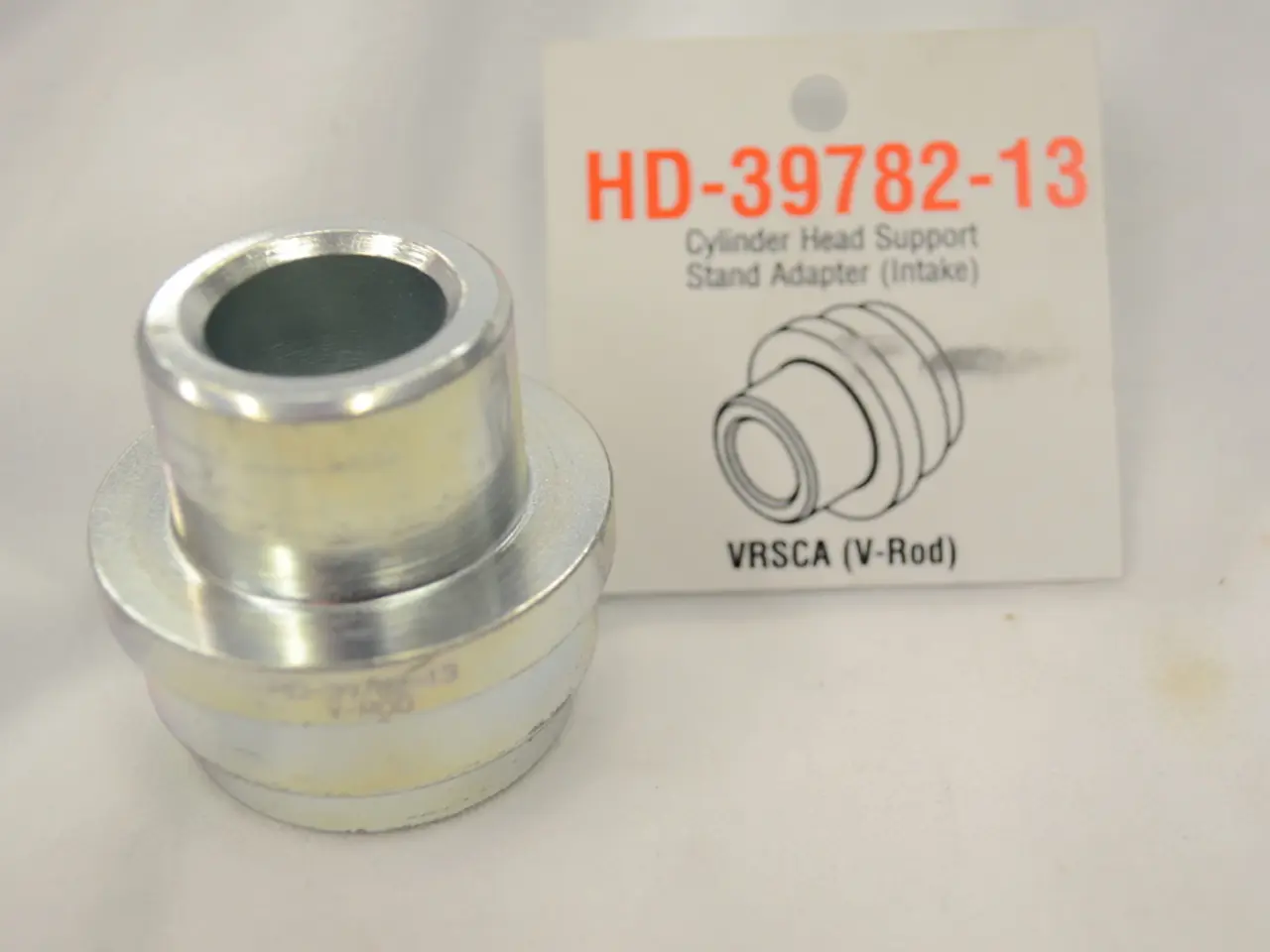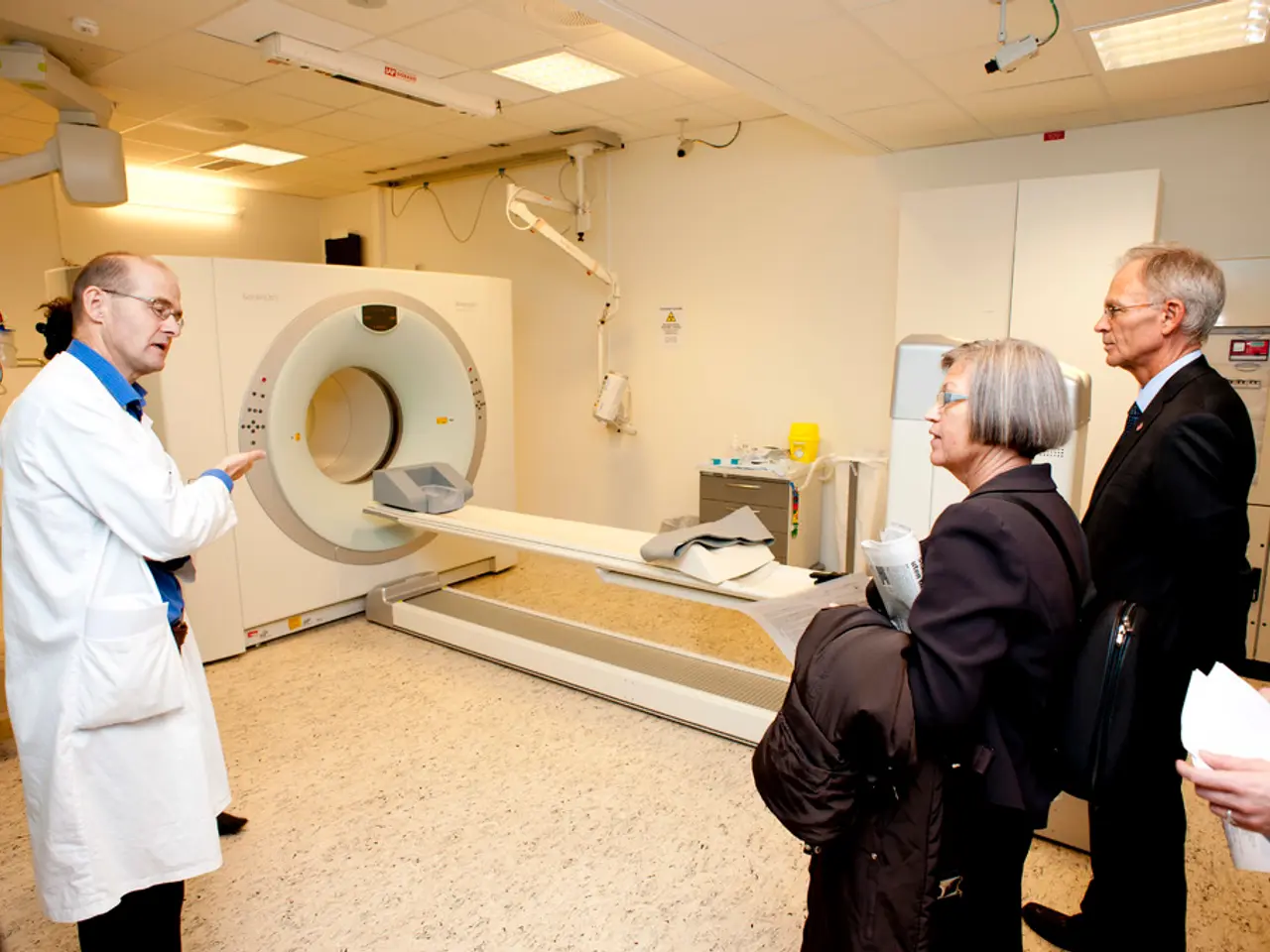Regulations Governing Electronic Assembly in Medical Devices
=========================================================
In the realm of medical technology, the assembly of Printed Circuit Board Assemblies (PCBAs) must adhere to stringent quality, safety, and reliability requirements. These guidelines are set by authorities such as the IPC, ISO, and FDA, tailored to the critical nature of medical devices.
IPC Guidelines
The IPC lays out specific standards for PCBA assembly. IPC-A-600 defines the acceptability criteria for bare printed circuit boards, with Class 3 applying to medical PCBs, demanding defect-free boards suitable for continuous high performance in life-supporting or safety-critical applications.
IPC-A-6012 establishes manufacturing acceptance criteria specifically for rigid PCBs, again with Class 3 standards for medical devices ensuring durability, high reliability, and minimal defects.
IPC-A-610 provides criteria for workmanship quality for PCB assemblies, with Class 3 requirements focusing on the most stringent assembly quality, including correct soldering, component placement, and absence of defects that could lead to failure.
ISO 13485:2016 (Medical Devices – Quality Management Systems)
ISO 13485:2016 specifies requirements for a quality management system (QMS) focused on medical devices, emphasizing process consistency from design to production. It ensures that PCBA manufacturers implement rigorous controls and documentation for manufacturing, testing, and traceability to guarantee device safety and efficacy. The standard requires risk management, validation of processes, employee training, and monitoring for continual improvement.
FDA Regulations
The FDA regulates medical devices in the US under the Quality System Regulation (QSR), which includes PCBA manufacturing as part of the device production process. The FDA categorizes medical devices into three classes: Class 1, Class 2, and Class 3, with Class 3 being the most stringent.
Key Practices for PCBA Medical Device Assembly
Key practices for PCBA medical device assembly include:
- Use of IPC Class 3 standards for highest reliability and workmanship.
- Compliance with ISO 13485 for a robust quality management system ensuring consistent design and production.
- Adherence to FDA QSR for manufacturing, process controls, and traceability according to device classification (Class I-III).
- Environmental and functional testing per standards like IEC 60601 for electrical safety, electromagnetic compatibility, mechanical stress, and long-term reliability in clinical environments.
- Use of cleanroom facilities and ESD-safe assembly environments to prevent contamination and static damage.
- Extensive testing including electrical testing, functional testing, accelerated aging, and burn-in to ensure reliability over the device lifetime.
In summary, medical PCBA assembly must meet IPC Class 3 workmanship standards, comply with ISO 13485 quality management system requirements, and align with FDA regulations appropriate to the device classification, with rigorous testing and process controls to ensure device safety and performance.
Sierra Circuits, for instance, offers efficient boards along with proper documentation for medical applications, adhering to all aspects including defect identification, resolution, evaluation, traceability, and auditing. However, it should be noted that Sierra Circuits does not certify implantable class 3 medical devices under ISO 13485:2016.
Other important considerations for populated medical PCBs include safety, regulatory compliance, reliability, accessibility, cleanliness, and production timeline. Labeling and documentation are vital elements in QMS, with main documents including the quality manual, medical device file, document control, control of records, quality policy, and additional key docs such as files, formats, templates, etc. Specific rules for medical products also include ensuring the planning, execution, monitoring, and control of medical devices, cleaning of product requiring process validation and documentation, installation and services requirements with proper documentation, sterilization of the devices, validation of process along with traceability, and specific rules for HIPAA regulation.
In maintaining the highest standards for medical PCBA assembly, the application of IPC Class 3 workmanship ensures reliability conforming to IPC-A-600, IPC-A-6012, and IPC-A-610 guidelines, which are critical in life-supporting and safety-critical applications. To further prioritize health-and-wellness, the use of a robust quality management system, such as that outlined by ISO 13485:2016, is essential, emphasizing process consistency from design to production for medical devices. Furthermore, adherence to FDA regulations is necessary, ensuring manufacturing, process controls, and traceability aligned with device classification.




